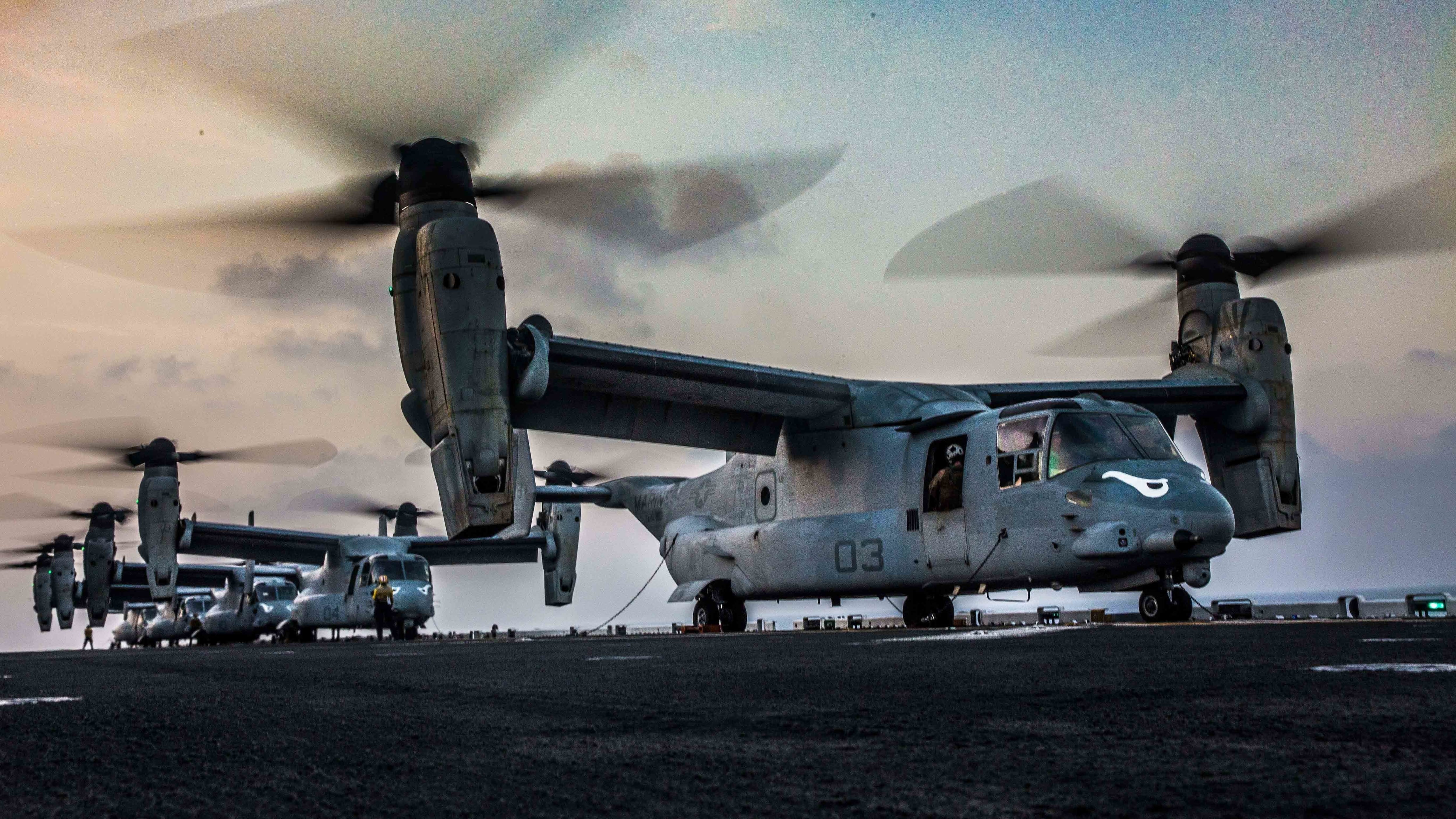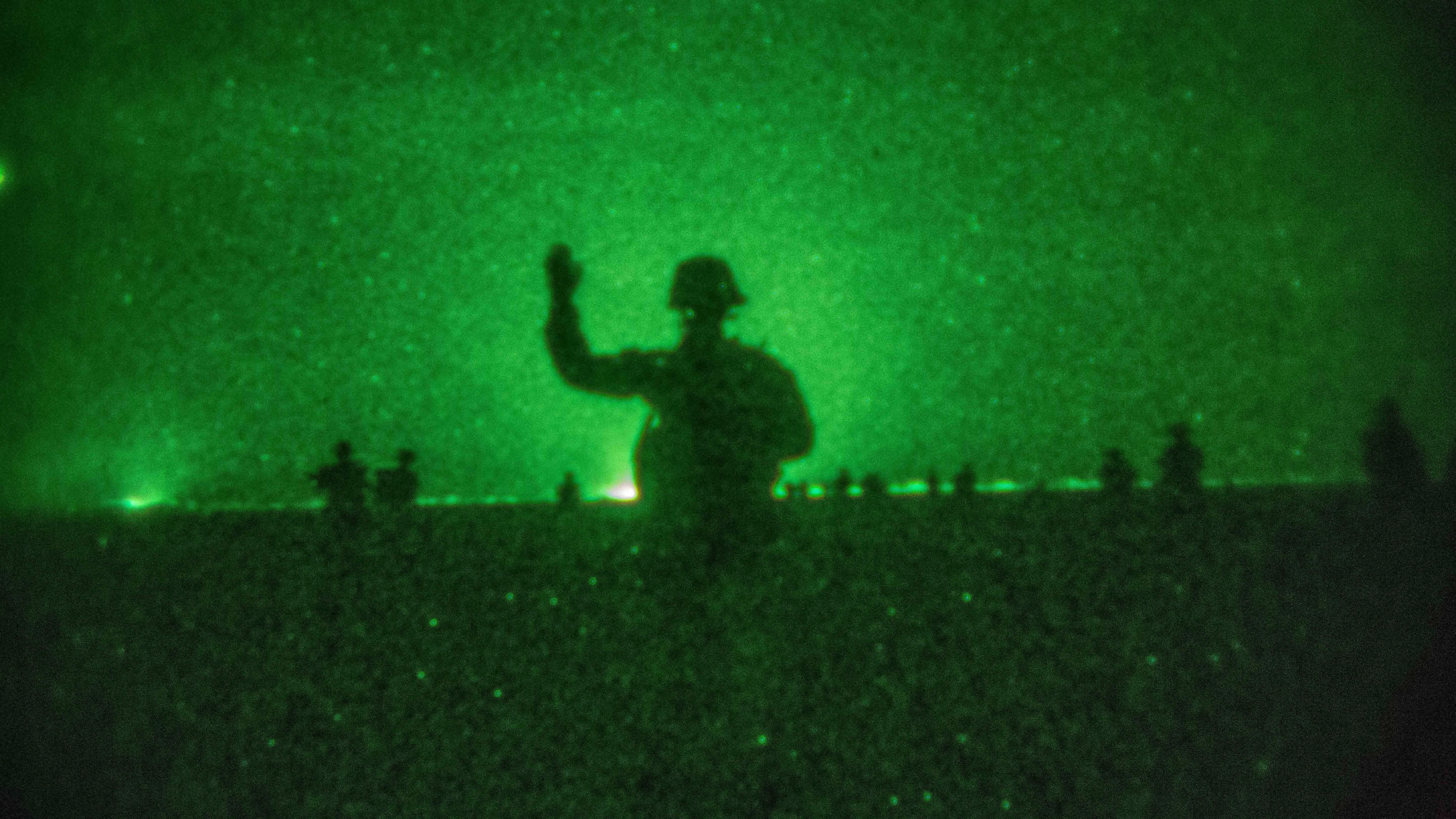U.S. commandos killed an unspecified number of women who allegedly shot at the Americans during a weekend raid targeting al-Qaida fighters in Yemen, the Pentagon said Monday as battlefield reports claimed several innocent civilians also perished in the operation.
"There were a lot of female combatants who were part of this," said Navy Captain Jeff Davis, a spokesman. In all, 14 alleged militants were killed and a trove of intelligence was gleaned during the raid, officials said. "We saw during this operation, as it was taking place, that female fighters ran to pre-established positions — as though they had trained to be ready, and trained to be combatants — and engaged with us. Some of these enemy killed in action are, in fact, female."
U.S. officials acknowledge the women's presence was out of the ordinary, describing it as an "unusual" move for al-Qaida in the Arabian Peninsula. But there appears to be very little that was routine about this troubled counter-terror mission, among the first authorized by President Donald Trump, which ended with one American dead, at least six others injured, a $70 million Marine Corps aircraft destroyed — by an American airstrike — and claims of dozens of civilians killed in the crossfire.
Citing an unidentified senior U.S. military official, NBC News reported the 8-year-old daughter of Anwar al Awlaki also was among the unintended targets. Nawar al-Awlaki, who went by Nora, was an American citizen like her late father, a senior al-Qaida leader killed by an American drone strike in September 2011. The girl's death was unintentional, the official told NBC, while acknowledging that "almost everything went wrong" during the operation.
The Pentagon identified Chief Petty Officer William "Ryan" Owensas the Navy SEAL who was killed in the gun battle. Defense Secretary Jim Mattis issued a statement saying: "Ryan gave his full measure for our nation, and in performing his duty, he upheld the noblest standard of military service. The United States would not long exist were it not for the selfless commitment of such warriors."
At least three other American commandos were wounded by enemy fire, officials said, adding that, while Trump approved the mission, it had been in development for many months.
The other injuries occurred when a Marine Corps MV-22 Osprey made what the military characterized as a "hard landing." Officials described those injuries as serious but not life-threatening. Initial reports suggested only one U.S. service member was injured when the aircraft went down.

U.S. Marine MV-22 Ospreys with Marine Medium Tiltrotor Squadron 163 (Reinforced), prepare to takeoff from the flight deck of the amphibious assault ship Makin Island in support of a helo-borne raid during Exercise Alligator Dagger in the Gulf of Aden on Dec. 21, 2016.
Photo Credit: Lance Cpl. Brandon Maldonado/Marine Corps
U.S. officials disclosed Monday that the Osprey had been in a staging area near the raid site and was not targeted by hostile fire, calling the mishap a "separate but related incident." Commanders decided to destroy the aircraft, which they did with an airstrike, when it was deemed too damaged to fly.
It's unclear who was on board the Marines' Osprey. NBC News reported Navy SEALs were among those hurt in the incident.
Elements of the 11th Marine Expeditionary Unit have been activein the Gulf of Aden and across the waterway from Yemen in Djibouti. In late-December, infantry Marines with the unit's battalion landing team conducted a mock helicopter raid as part of an exercise in east Africa. Typically, U.S. Marines are used in one of two ways when supporting such surgical counter-terror missions: either as a quick reaction force that can offer extra muscle should small special operations teams become overwhelmed, or to recover personnel who may become trapped behind enemy lines.

A U.S. Marine with Company C, Battalion Landing Team 1st Battalion, 4th Marines, 11th Marine Expeditionary Unit, gives the signal to advance during a helo-borne raid as part of Exercise Alligator Dagger in Djibouti on Dec. 22, 2016. The raid involved Marines inserting onto an objective via MV-22 Ospreys and CH-53E Super Stallions, neutralizing simulated enemy threats onsite, and performing a thorough site exploitation of enemy intelligence before extracting all forces from the area, along with apprehended high-value individuals.
Photo Credit: Cpl. Devan K. Gowans/Marine Corps
The nighttime raid was conducted inland, in Yemen's al Bayda governorate, not far from one of al-Qaida's strongholds there in neighboring Shabwah, Davis said. In other theaters, such "site exploitation" missions have revealed important information about a terror network's logistical capabilities, recruiting efforts and financing, Davis noted, adding that U.S. forces heretofore have had limited access to this group's sites.
U.S. military officials continue to investigate claims, made by Yemeni security officials, suggesting upwards of three dozen women and children were killed in the battle, Davis said. But, he cautioned, "take reports of female casualties with a grain of salt. Not all female casualties are civilian casualties in many cases, and certainly with this one."
Though far from routine, militant groups have employed women in various capacities, including to carry out suicide attacks, said Michael S. Smith II, a terrorism analyst who has advised Congress on the subject. There's big-picture strategic value in doing so, he added. Whenever Western military forces kill female combatants, the groups with which they're affiliated seek to exploit their deaths for propaganda.
For all of al-Qaida's activity in Yemen, these reports of women picking up arms are unprecedented, said Jessica Davis, author of " Women in Modern Terrorism."
"As far as my data shows, there are no instances of women having an operational role in AQAP, said Davis, who has conducted defense and foreign affairs research for the Canadian government. AQAP is another name for the al-Qaida branch in Yemen. "In fact, it's one of the few groups that I've come across with no indication of this. It could be an evolution in the group's tactics," she added, "but I'd hesitate to draw that conclusion based on one incident."
It is unlikely the raid force had prior intelligence suggesting women were among the group of fighters they would encounter in al Bayda, a U.S. defense official told Military Times on the condition of anonymity. And while it's unusual to encounter women as trained combatants, U.S. counter-terror forces will not alter their approach in Yemen as a result, the official said.
Nor should they, Smith said. Does the prospect of killing female combatants pose a potential moral dilemma for American troops? Perhaps, he said.
"But it shouldn't," Smith added. "It's you or her at that point."
Andrew deGrandpre is Military Times' senior editor and Pentagon bureau chief. On Twitter:





